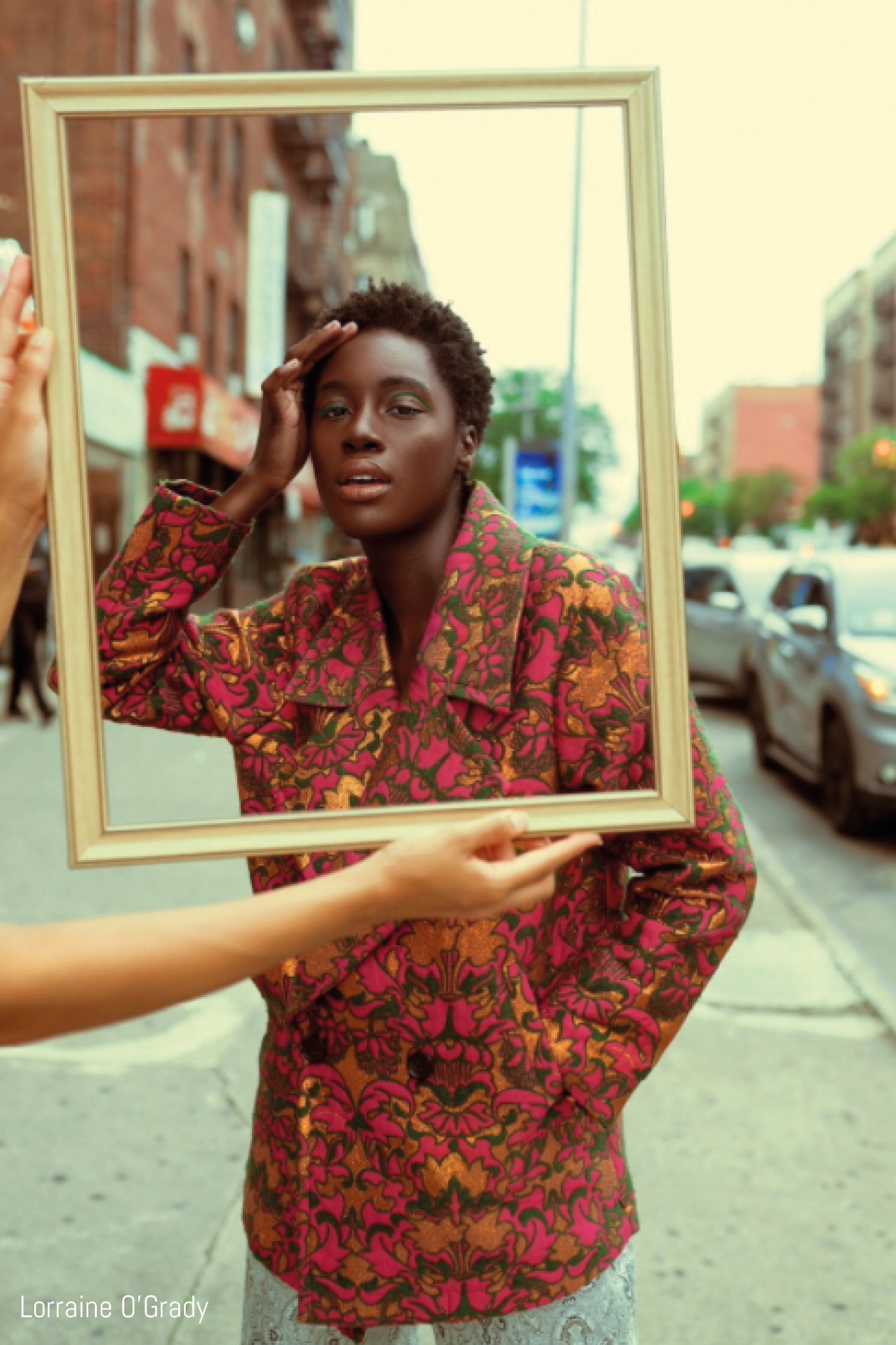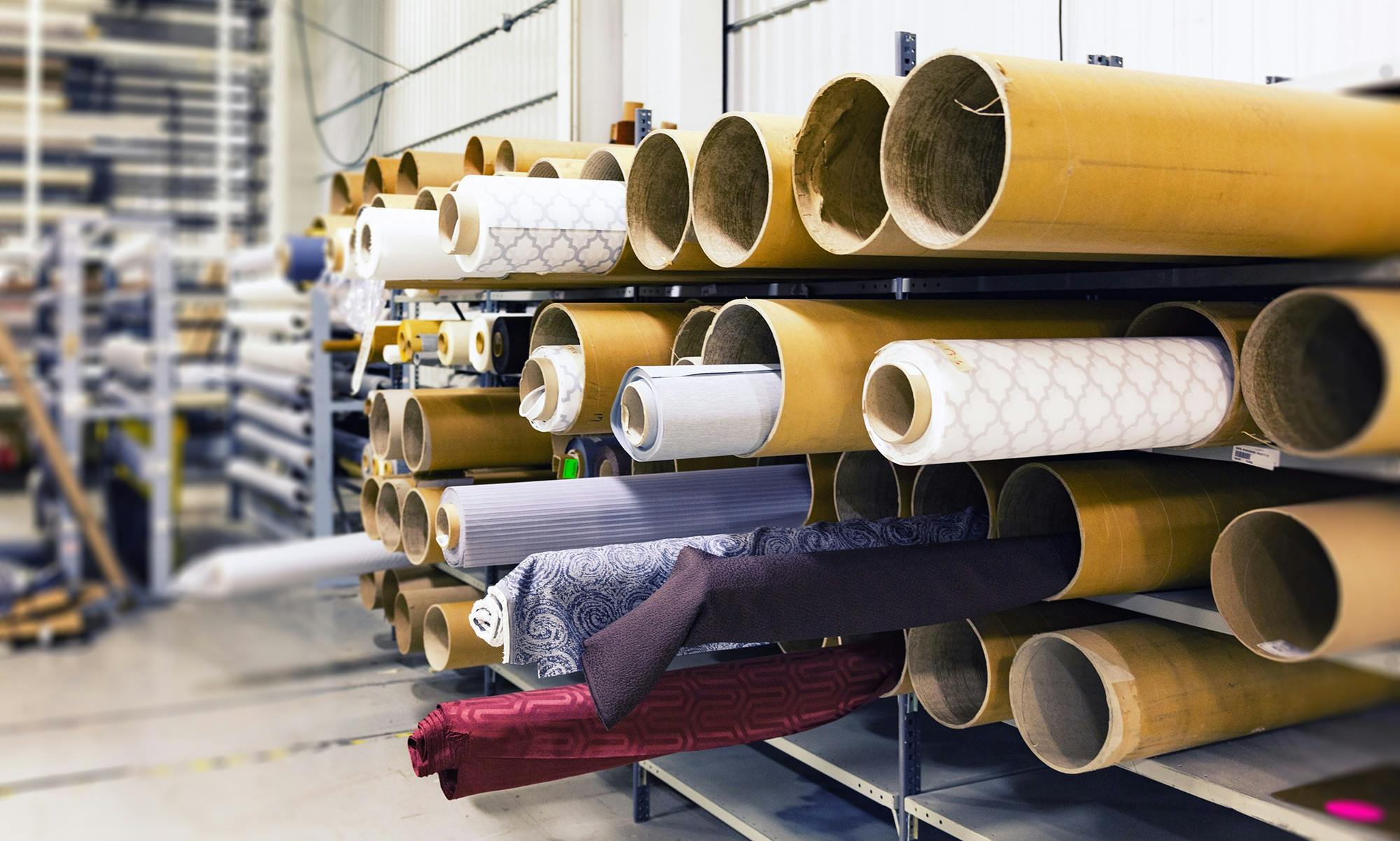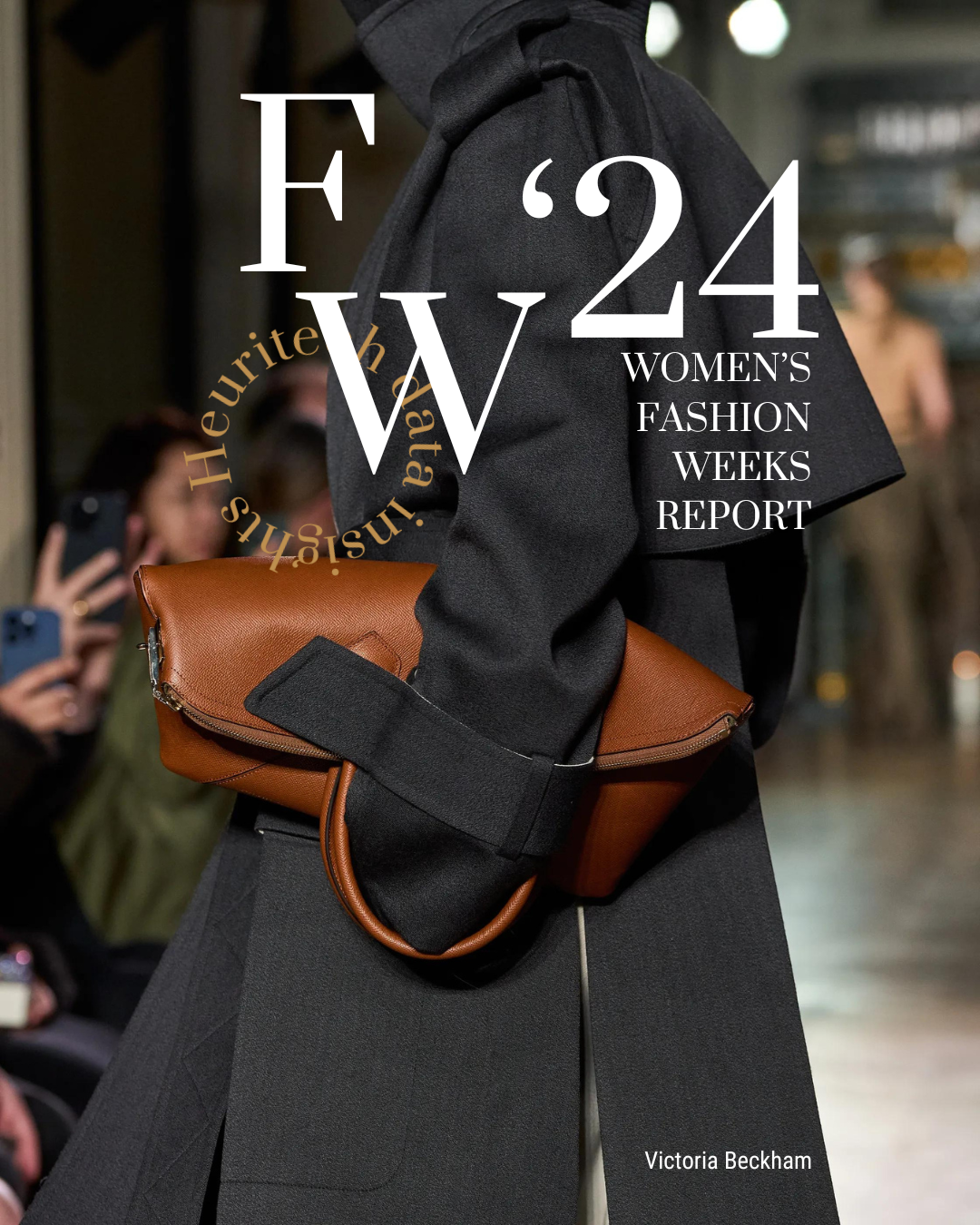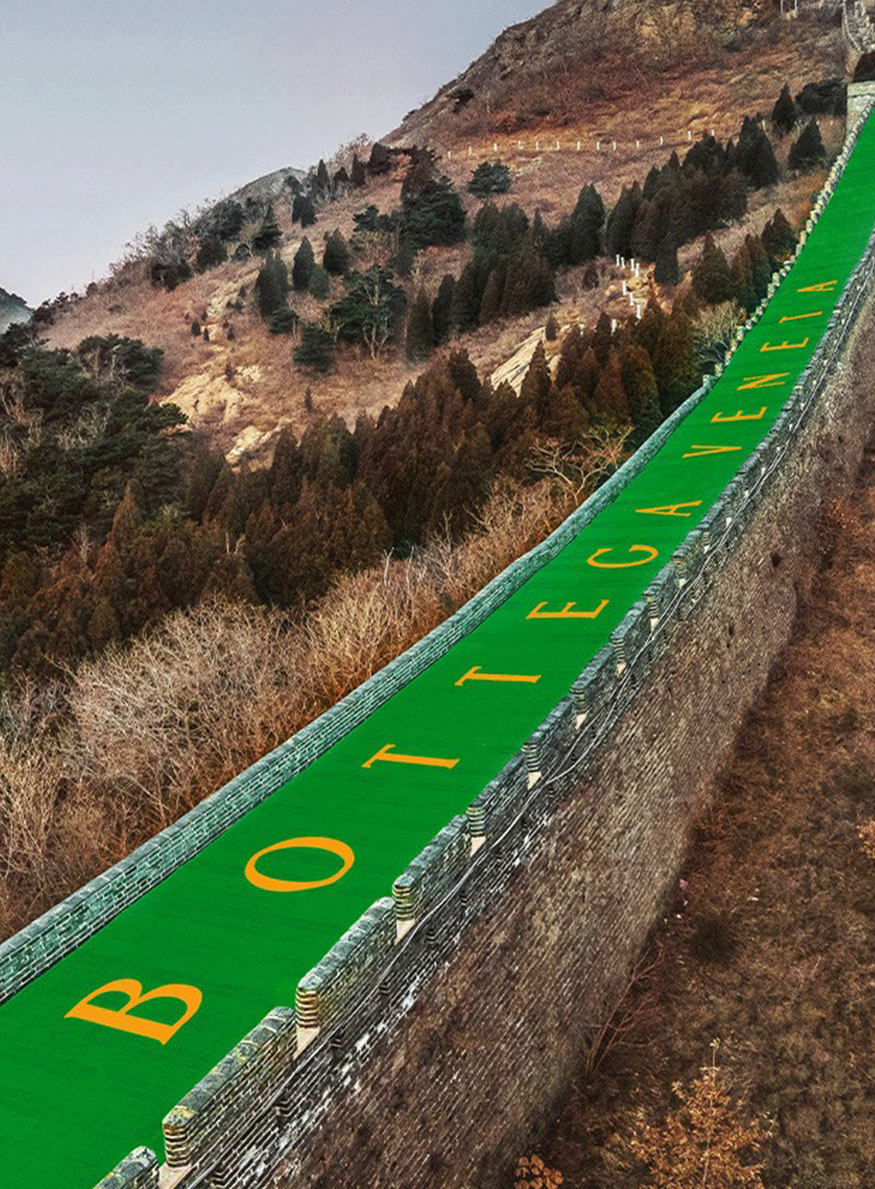The gatekeepers of the fashion industry used to be editors, experienced designers and powerful retailers. Ten years ago, magazines were still considered the bible for fashion inspiration and new seasonal must-haves. So much has changed since the launch of Instagram in 2010.
Today, more than 100 million images are shared daily on Instagram, with nearly 1 billion monthly users. Can you imagine the power of these images? As a matter of fact, they influence three quarters of purchases and are often driven by brands themselves which collaborate with celebrities and their entourage.For example, Gucci’s latest lookbook stars a number of big-name celebrities including Harry Styles and Billie Eilish: it’s no surprise the brand rang in at number 3 on Lyst’s hottest brands of Q2 2020. And with Instagram, purchasing is just a click away since brands tag their e-shops directly in pictures.
But in fact, according to a report from Big Commerce, influencers with less than 35,000 followers get the highest engagement rate at 5.3%. Consumers tend to listen to those in their inner circle more than celebrity influencers, because this relationship creates more trust and closeness. As a result, the same report notes that 91% of users trust other users and their opinions. Social media is a powerful platform for sharing and purchasing new trends, with 84% of shoppers consulting at least one social media platform before making a purchase. Evidently, smaller influencers and word-of-mouth seem to push more advertising than other means.
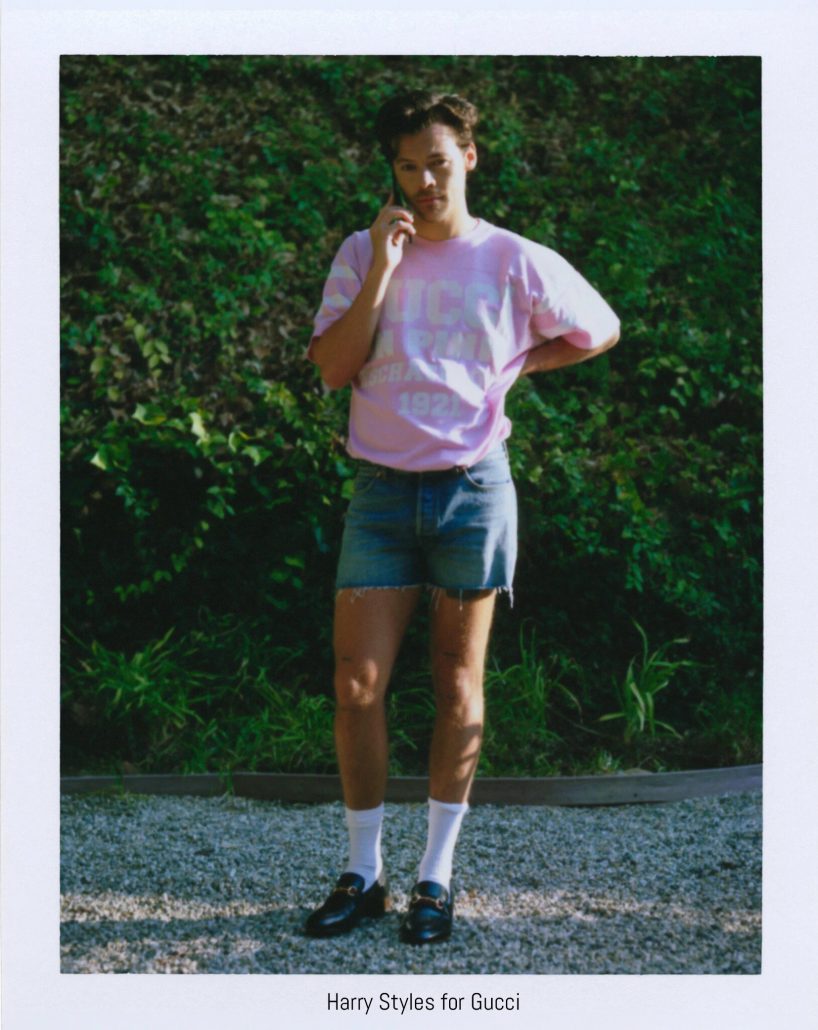
Instagram isn’t the only social media platform inspiring change in the fashion industry, though: Weibo, Pinterest, TikTok, and YouTube play big roles as well, as millennials and Gen Z-ers have become both influencers and influencees. The industry as a whole has shifted from an exclusive to an inclusive form of fashion: consumers now express their opinions daily through social media. These new voices have entered the fashion game, most notably due to consumer behavior on Instagram.
Looking through the lens social media to better understand consumers
Given social media’s major influence on how people shop, brands can no longer ignore the game-changing impact that these new consumer voices have on both their image and their business if they want to stay ahead.
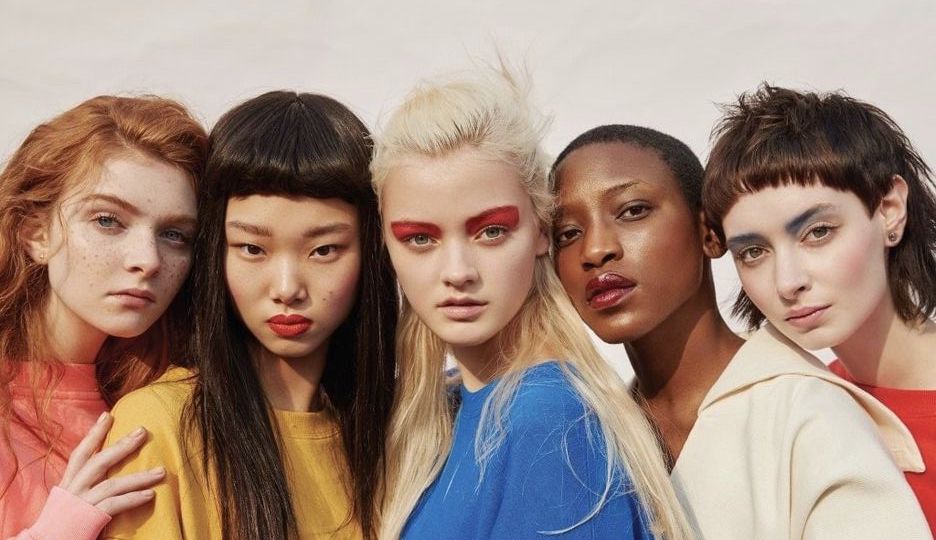
Millennials expect brands to constantly renew themselves with capsule collections, exclusive collaborations and innovative and exciting products. This puts a never-ending pressure on brands to reduce their time-to-market to just a few weeks: Missguided, a French women’s clothing brand, has achieved an impressive time-to-market of just 1 week. This competitive advantage puts brands in a stronger position to react quickly to emerging trends considering that with social media, the propagation speed of trends is increasingly accelerating.
Nowadays, some micro trends take just a few months to be adopted by the population vs 1 – 2 years before social media. Not only do brands have to react very quickly to adjust their design and stock, but they also have to learn to anticipate, or they will miss the next big trend.
Furthermore, social media has amplified and accelerated the spread of a viral buzz and made it hard for brands to anticipate the lifecycle of a product. Nobody expected the Telfar Shopping Bag to break the internet like it did — even appearing on Oprah’s 2020 Wish List — but it remains sold out on the brand’s website still. On the other hand, we see other trends burst onto the Instagram fashion scene and vanish overnight.
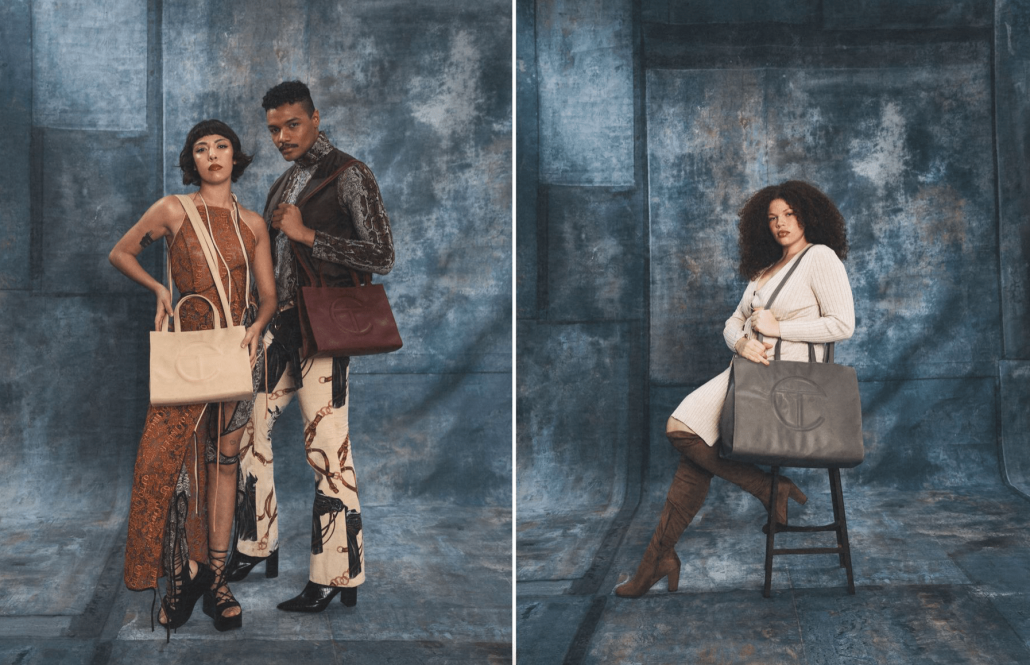
At this rate, brands are becoming engaged in an endless race to create more and more – more products, more content, more market share, etc. However, this race damages profitability and threatens the environment.
The solution is: SMARTER vs FASTER.
Being ahead of your consumer’s preferences in order to launch strong products aligned with your brand’s DNA, but also anticipating demand in order to reach the right balance between novelty and continuity, trendy and iconic products.
The great news is that if well used, Instagram is a gold mine of insights allowing brands to be ahead of their market and their consumer preferences.
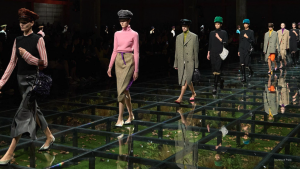
Social media has a powerful predictive capacity
If fashion professionals used to look at what consumers were wearing on the streets to get a sense of the market, “street style” has now taken on an even greater significance online with thousands of consumers wearing products just a click away.
This means much more consumer data to analyze and back one’s intuitions with. Instagram reflects desirability, the adoption of fashion trends and how they spread from edgy trends to commercial successes. We can see niche trends emerging from fashion-forward people, and closely follow their propagation (or not) to the mass market.
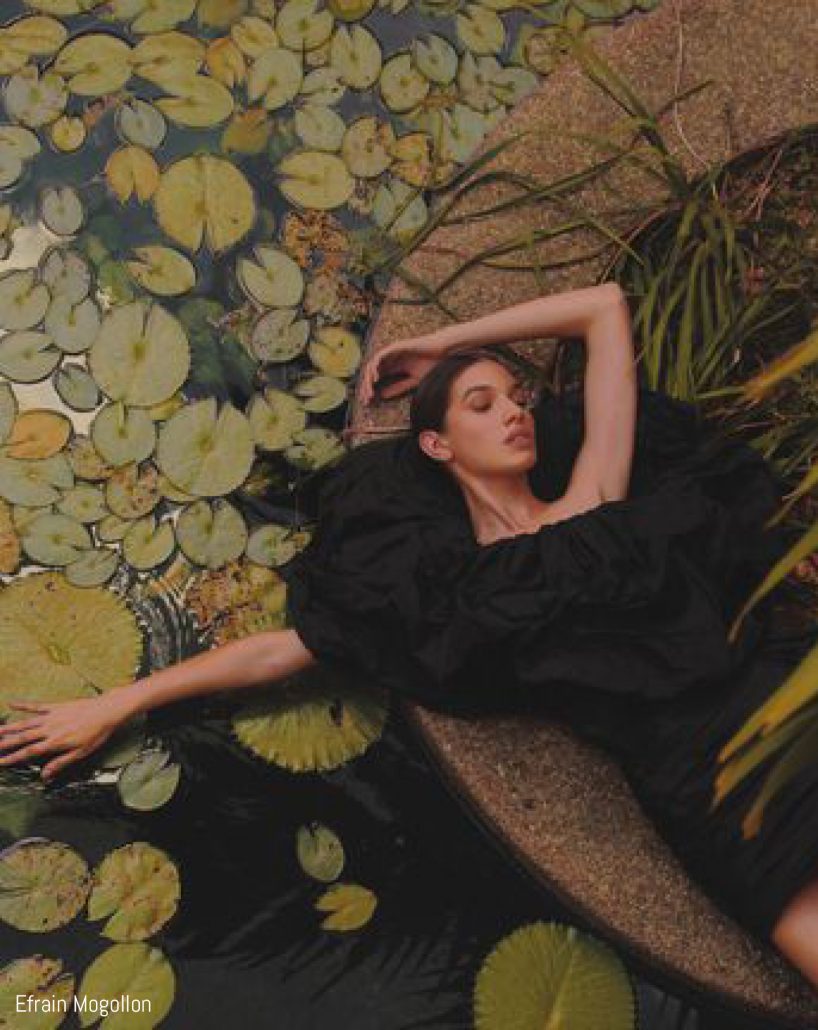
At Heuritech, we have conducted studies showing that certain behaviors on Instagram can be 6 to 12 months ahead of trends. Figures combined with thousands of pictures of people wearing specific products can help fashion experts back their intuitions with strong data.
For example, during Spring/Summer 2021 Fashion Week, Heuritech predicts the rise of taffeta in Europe: dresses in the fabric are forecasted to rise +48 points above the Instagram average.
Kerry Murphy, founder of Amsterdam-based brand The Fabricant, expressed: “Brands are already looking for radical ways of redefining their culture and operations to a more digital mindset.”
Designers have always looked at what’s happening today to design for tomorrow. Social media has just changed the way they do it, giving them a window onto the world. Trend forecasting based on social media images is the best approach to keeping up with the times, especially given the rate at which consumer desires change and they way they express these changes on social media.
Not only do they have their human eye as they have always had, but now technology can save designers precious time to concentrate on what they do best: creating.
